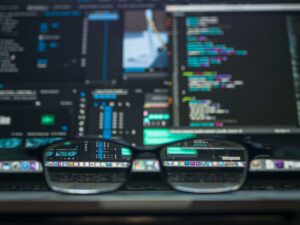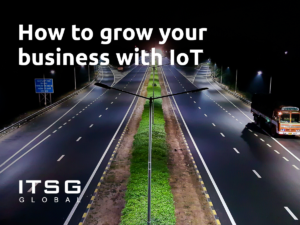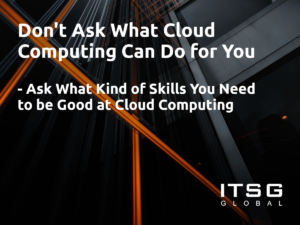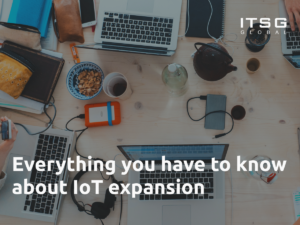24 January 2022
IoT was a big deal in 2021 – the pandemics forced a lot of changes within the industry and there were some things to expect.
Many improvements were made in the healthcare sector – especially with the quality of telemedicine and minimizing the unnecessary contact between the specialist and the patient.
IoT also played an important role in retail. There were big, fancy demonstrations of the possibilities that IoT provides, such as Amazon’s fully automated supermarkets, but IoT was used in smart warehousing and with contact-free payments, which both are here to stay.
Another priority was (and is) cybersecurity, especially with the pandemics bringing lots of interaction online. Since more and more employees are deciding to go on-line and stay on-line, there will be an even bigger emphasis on cyber protection tools.
Businesses around the world wanted to benefit from IoT in the productivity and manufacturing area as well as in data analytics.
IoT TRENDS FOR 2022
Cybersecurity
According to cybersecurity statistics 38% of companies experienced phishing and that’s just one way of cyber attacking. Since many of the users aren’t fully aware of basic security practices, the risk of being cyber attacked should be a major concern. According to Kaspersky 1.5 billion attacks were targeted at IoT devices specifically only in the first 6 months of last year. The trend of building more secure systems and raising awareness seems to be one of the biggest IoT trends for 2022.
Healthcare
The digitalization of healthcare took off with the pandemic, but it continues to reach new peaks as we speak. First of all, more and more people choose to stay at home instead of going to the hospital. That leads to fast-paced development of monitoring tools that can provide necessary assistance when needed.
IoT and AI can provide information on patients and their well-being in real-time. One of the most interesting projects is the Zoll LifeVest 4000 which is a wearable defibrillator designed for people with a risk of sudden cardiac arrest.
EDGE COMPUTING
Edge computing is a concept that transmits only the most important data to the cloud and gateways the process on the device. One of the benefits is increased security, since not all data are (and have to be) sent to the cloud.
Edge is one of the hottest topics in the general discussion about Big Data. The point is to compute as much data as possible close to the original device, so the whole process goes much faster and the network congestion is relieved. That means that our personal devices will become smaller and more power-efficient.
DIGITAL TWINS
The concept of a digital twin has been developed for years, but now it can really shine. The digital twin methodology is a simulation process, in which data generated from a DT are used to speed up the process of production and implementation of new products, but at the same time data collected from the real world product are used to improve the digital twin performance. It creates a cycle of constant growth and is a necessity in a smart manufacturing scenario.
BIG DATA, ARTIFICIAL INTELLIGENCE AND MACHINE LEARNING
IoT is a network of billions of devices which are connected with one another through the Internet. This means – a lot of data. To be used effectively, data needs interpretation, so one of the biggest trends will be further development of tools for the extraction of valuable information. One method to watch for is feeding all this information to Machine Learning algorithms.
Better understanding is crucial for all potential usages of data in all industries. Effective use of information can lead to better manufacturing (predicting machinery problems, designing smart factories that can respond quickly to customer’s needs), more effective warehousing, better workforce management or better customer service.
How to use those trends for your business advantage?
The gap between adoption leaders and laggards is widening. That means that companies who already have begun to experiment with IoT noticed advantages which led them to invest more, while adoption laggards stay behind. IoT provided a lot of success stories from people who actually decided to step in that direction.
The best strategy would be to figure out what are the best ways to adopt IoT into one’s company. Some products already might be IoT ready, so the first changes don’t have to be drastic. One thing for sure – having an experienced partner is always a good idea.
Author: Leszek Warzecha, Digital Marketing Specialist at ITSG Global







